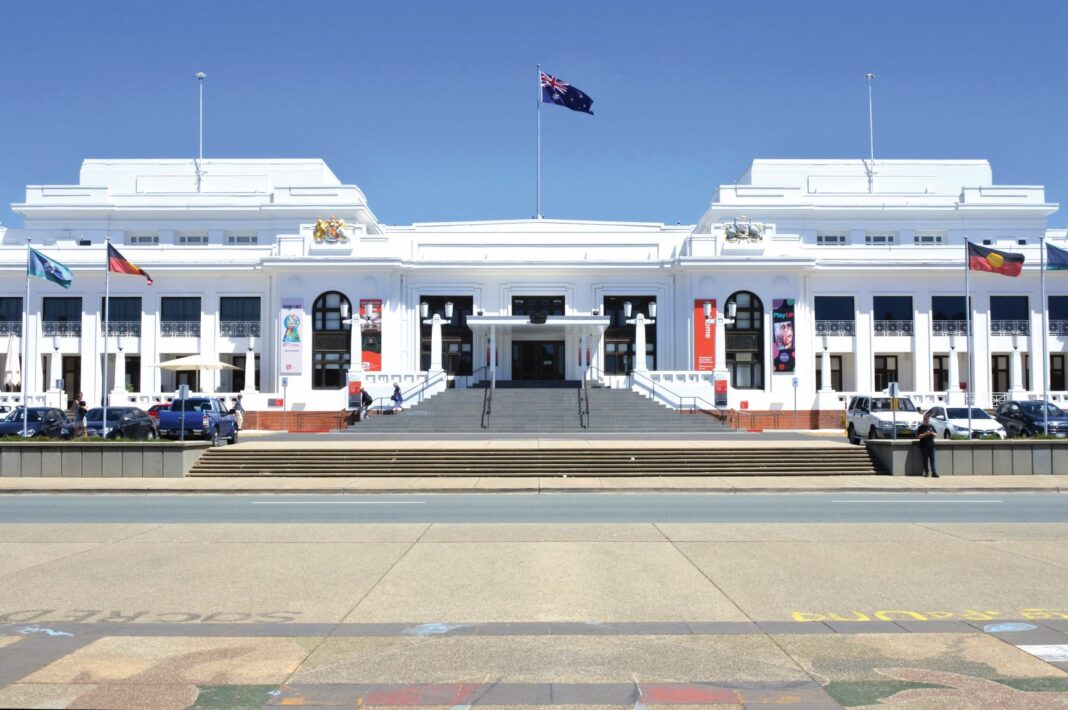The Australian Institute of Aboriginal and Torres Strait Islander Studies (AIATSIS) has been flagged for expansion and relocation in a new report on Canberra’s national institutions.
Released on 3 April, the Joint Standing Committee on the National Capital and External Territories inquiry into Canberra’s national institutions acknowledged a lack of Indigenous Australian representation in the Parliamentary Zone precinct.
Chair of the Committee, Mr Ben Morton MP, says moving AIATSIS would effectively create a new national institution focused on the history, culture and heritage of Australia’s first peoples.
”A major national institution focused on positive and comprehensive recognition of Australia’s rich Aboriginal and Torres Strait Islander culture is long overdue,” Mr Morton says.
“An expanded AIATSIS, located within the Parliamentary Zone, would include public exhibition facilities to tell this important Australian story in a bigger way, to more people. It would also be home to a national resting place for repatriated ancestral remains that cannot immediately return to Country.”
The Committee also recommended that the federal government develop a business case for the establishment of a natural history museum, while the Museum of Australian Democracy was singled out for review with “a view to ensuring that the Museum is appropriately focused on its core responsibilities: to tell the story of Australia’s remarkable democratic heritage, and inspire citizens’ engagement in democracy”.
Outlining some of the report’s 20 recommendations, Mr Morton says the Committee was keen to see various measures taken to enhance national institutions’ engagement with the public. These include encouraging new migrants to visit national institutions, reviewing and improving access to educational programs for the more than 165,000 school students who visit Canberra each year, and promoting the science education offered by some institutions.
Among other recommendations in the report, the Committee identified measures to strengthen national institutions’ governance, including through better collaboration, and to help ease pressures on their budgets and resources.
These include recommendations that the Australian Government work with Canberra’s national institutions to: establish a formal consultative structure for Canberra’s national institutions, to work on aligning their planning, policy, marketing, and sharing resources; develop shared collection storage and public exhibition spaces for Canberra’s national institutions; develop a whole of government strategy to ensure that analogue audio-visual items held by national institutions are digitised, before it is too late; and consider measures to offset the impact of financial and staffing pressures on small agencies, including Canberra’s national institutions.



